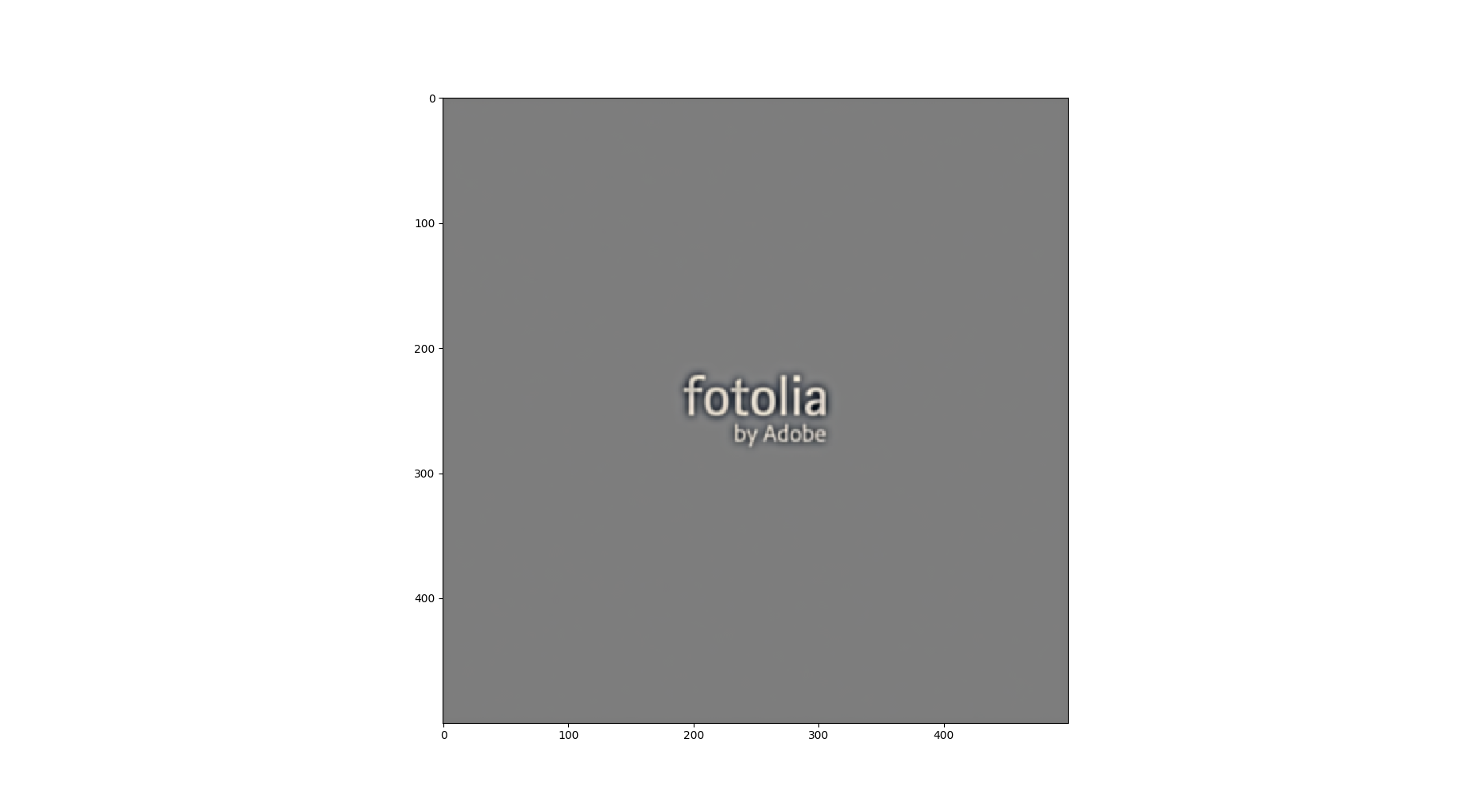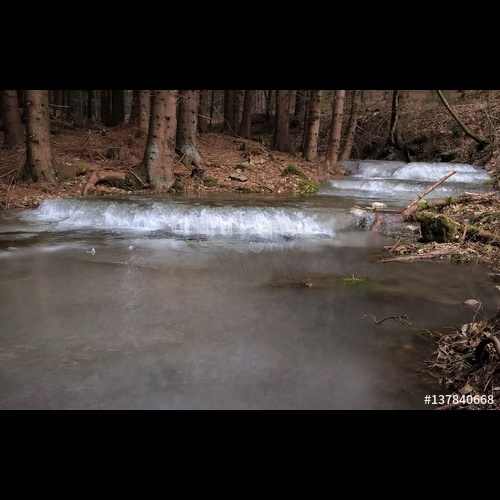├── .gitignore
├── .ipynb_checkpoints
└── Watermarking -checkpoint.ipynb
├── Matting-Levin-Lischinski-Weiss-PAMI.pdf
├── README.md
├── Watermarking .ipynb
├── array.npz
├── coco_dataset
├── alpha.png
├── auth.png
├── copyright.png
└── watermark.png
├── final
├── 137840668.jpg
├── 168667147.jpg
├── 168667186.jpg
├── 168667261.jpg
├── 168667468.jpg
├── 168667490.jpg
├── 168668046.jpg
├── 168668148.jpg
├── 168668150.jpg
├── 168668190.jpg
├── 75353029.jpg
├── fotolia_137840668.jpg
├── fotolia_168667147.jpg
├── fotolia_168667186.jpg
├── fotolia_168667261.jpg
├── fotolia_168667468.jpg
├── fotolia_168667490.jpg
├── fotolia_168668046.jpg
├── fotolia_168668148.jpg
├── fotolia_168668150.jpg
├── fotolia_168668190.jpg
└── fotolia_75353029.jpg
├── main.py
├── main_cocoset.py
├── references.txt
├── src
├── __init__.py
├── closed_form_matting.py
├── estimate_watermark.py
├── image_crawler.py
├── preprocess.py
├── tensorflow_experiments.py
└── watermark_reconstruct.py
└── watermark.png
/.gitignore:
--------------------------------------------------------------------------------
1 | images/
2 | Dekel_*
3 | *.pyc
4 | *.pdf
5 | *.bmp
--------------------------------------------------------------------------------
/Matting-Levin-Lischinski-Weiss-PAMI.pdf:
--------------------------------------------------------------------------------
https://raw.githubusercontent.com/rohitrango/automatic-watermark-detection/a11d4e01dbb02bcb2595703d45d9243281e38d37/Matting-Levin-Lischinski-Weiss-PAMI.pdf
--------------------------------------------------------------------------------
/README.md:
--------------------------------------------------------------------------------
1 | ## Automatic watermark detection and removal
2 | This was a project that was built as part of project for CS663 (Digital Image Processing).
3 | This is a crude Python implementation of the paper "On The Effectiveness Of Visible Watermarks", Tali Dekel, Michael Rubinstein, Ce Liu and William T. Freeman,
4 | Conference on Computer Vision and Pattern Recongnition (CVPR), 2017.
5 |
6 | ### Rough sketch of the algorithm
7 | A watermarked image `J` is obtained by imposing a watermark `W` over an unwatermarked image `I` with a blend factor  . Specifically, we have the following equation:
8 |
9 |
. Specifically, we have the following equation:
8 |
9 |
10 |
&space;=&space;\alpha(p)W(p)&space;+&space;(1-\alpha(p))I(p))
11 |
 ), we can make use of the structural properties of the image to determine its location and estimate its structure. The coherency of
), we can make use of the structural properties of the image to determine its location and estimate its structure. The coherency of  and W over all the images can be exploited to solve the above problem with good accuracy. The steps followed to determine these values are:
17 | - Initial watermark estimation and detection
18 | - Estimating the matted watermark
19 | - Compute the median of the watermarked image gradients, independently in the `x` and `y` directions, at every pixel location `p`.
20 |
21 |
22 |
23 | - Crop `W_m` to remove boundary regions by computing its magnitude and taking the bounding box of the edge map. The initial estimated watermark
and W over all the images can be exploited to solve the above problem with good accuracy. The steps followed to determine these values are:
17 | - Initial watermark estimation and detection
18 | - Estimating the matted watermark
19 | - Compute the median of the watermarked image gradients, independently in the `x` and `y` directions, at every pixel location `p`.
20 |
21 |
22 |
23 | - Crop `W_m` to remove boundary regions by computing its magnitude and taking the bounding box of the edge map. The initial estimated watermark  is estimated using Poisson reconstruction. Here is an estimated watermark using a dataset of 450+ Fotolia images.
24 |
is estimated using Poisson reconstruction. Here is an estimated watermark using a dataset of 450+ Fotolia images.
24 |  25 |
26 | - Watermark detection: Obtain a verbose edge map (using Canny edge detector) and compute
27 | its Euclidean distance transform, which is then correlated with
25 |
26 | - Watermark detection: Obtain a verbose edge map (using Canny edge detector) and compute
27 | its Euclidean distance transform, which is then correlated with  28 | to get the Chamfer distance from each pixel to the closest edge.
29 | Lastly, the watermark position is taken to be the pixel with minimum
30 | distance in the map.
31 |
32 | #### Multi-image matting and reconstruction
33 | - Estimate
28 | to get the Chamfer distance from each pixel to the closest edge.
29 | Lastly, the watermark position is taken to be the pixel with minimum
30 | distance in the map.
31 |
32 | #### Multi-image matting and reconstruction
33 | - Estimate  keeping
keeping  fixed.
34 | - Watermark update - Update the value of
fixed.
34 | - Watermark update - Update the value of  keeping the rest fixed.
35 | - Matte update - Update the value of
keeping the rest fixed.
35 | - Matte update - Update the value of  keeping the rest fixed.
36 |
37 | Please refer to the paper and supplementary for a more in-depth description and derivation of the algorithm.
38 |
39 | Results
40 | --------
41 | Here are some of the results for watermarked and watermark removed images:
42 |
43 |
keeping the rest fixed.
36 |
37 | Please refer to the paper and supplementary for a more in-depth description and derivation of the algorithm.
38 |
39 | Results
40 | --------
41 | Here are some of the results for watermarked and watermark removed images:
42 |
43 |
44 |

45 |

46 |
47 |

48 |

49 |
50 |

51 |

52 |
 25 |
26 | - Watermark detection: Obtain a verbose edge map (using Canny edge detector) and compute
27 | its Euclidean distance transform, which is then correlated with
25 |
26 | - Watermark detection: Obtain a verbose edge map (using Canny edge detector) and compute
27 | its Euclidean distance transform, which is then correlated with  45 |
45 | 
 48 |
48 | 
 51 |
51 | 